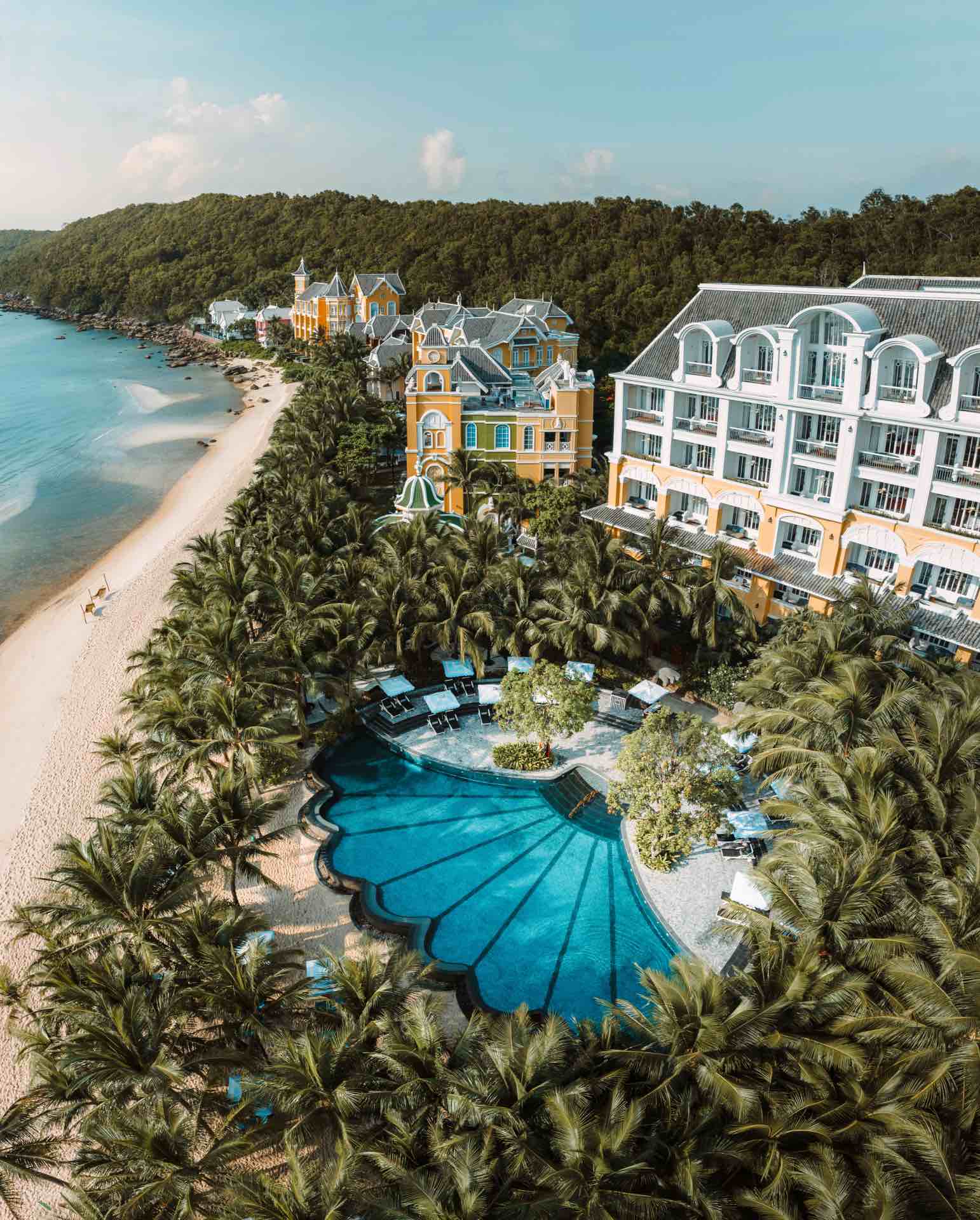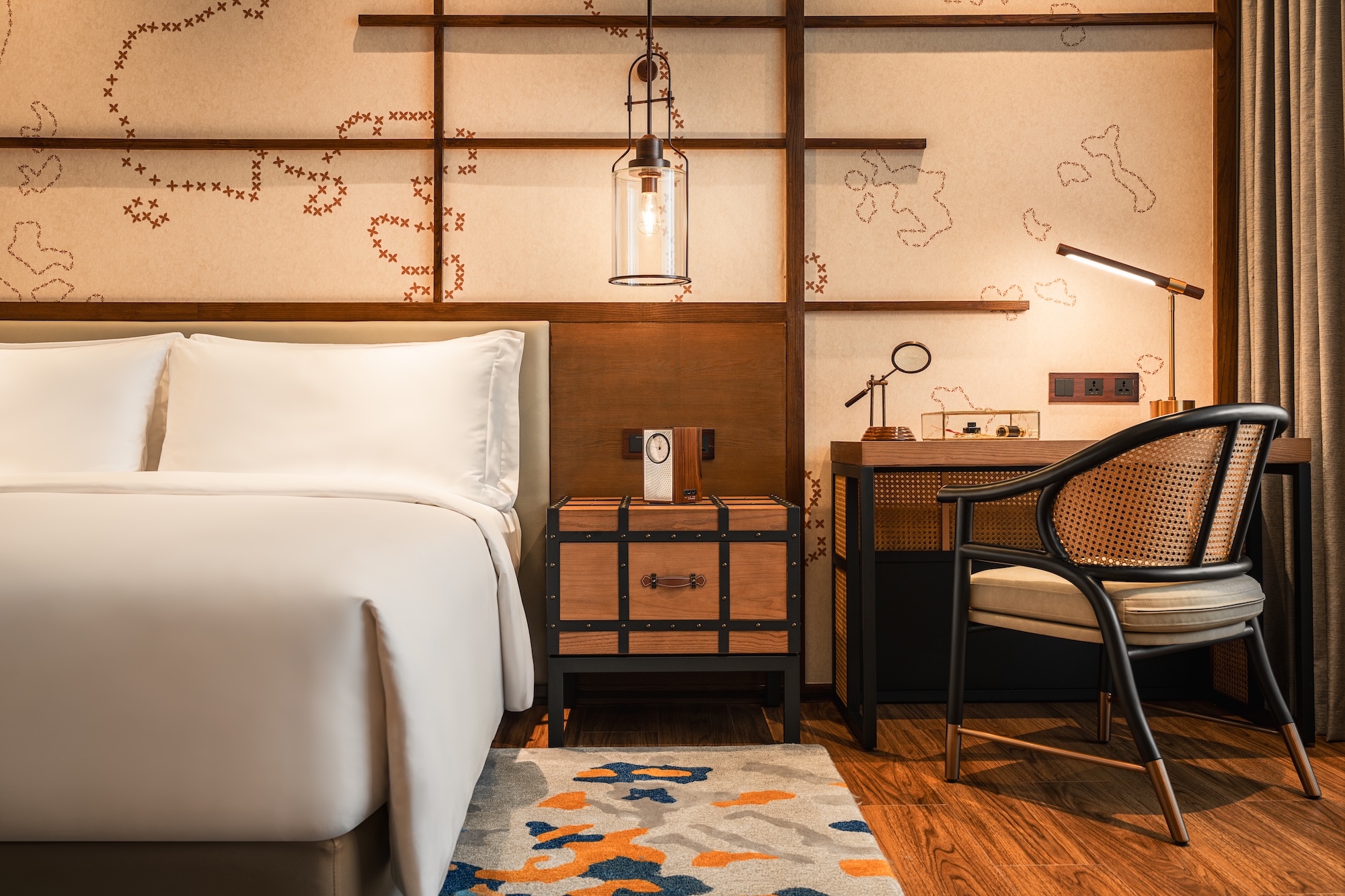From the serenity provided by the mountain ranges to the flurry of activities that never fails to keep one busy, Jane Bay discovers for herself why Oman is a destination worth going more than once.
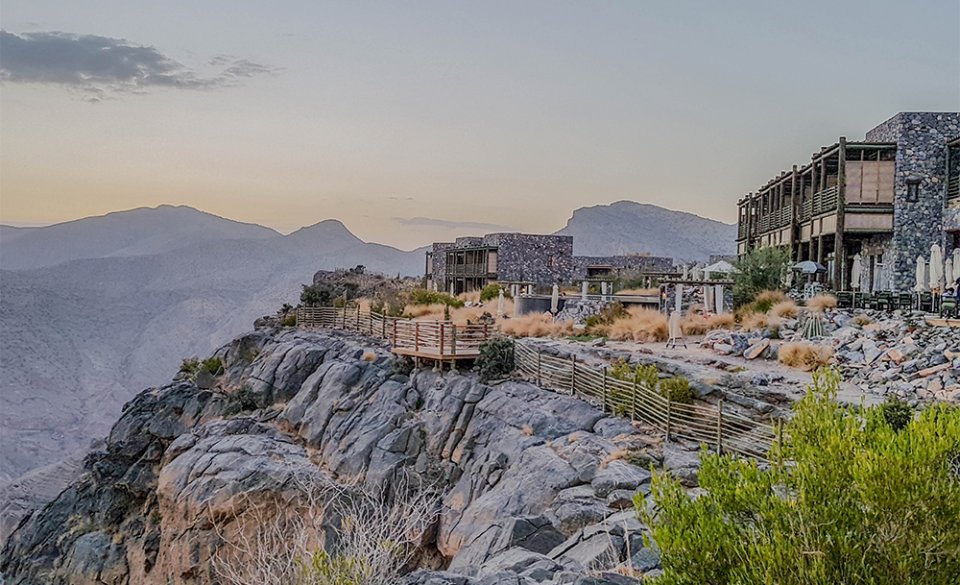
As a seasoned traveler, I often find myself yearning for experiences that go beyond the typical tourist traps and destinations suggested on countless travel sites. Tired of my usual haunt of Asian destinations and without having quite enough time to fly to Europe or the Unites States, I decided to embark on a journey to Oman—home to some of the most stunning and secluded beaches on the Arabian peninsula, peppered with luxury resorts—a veritable gem of the Middle East.
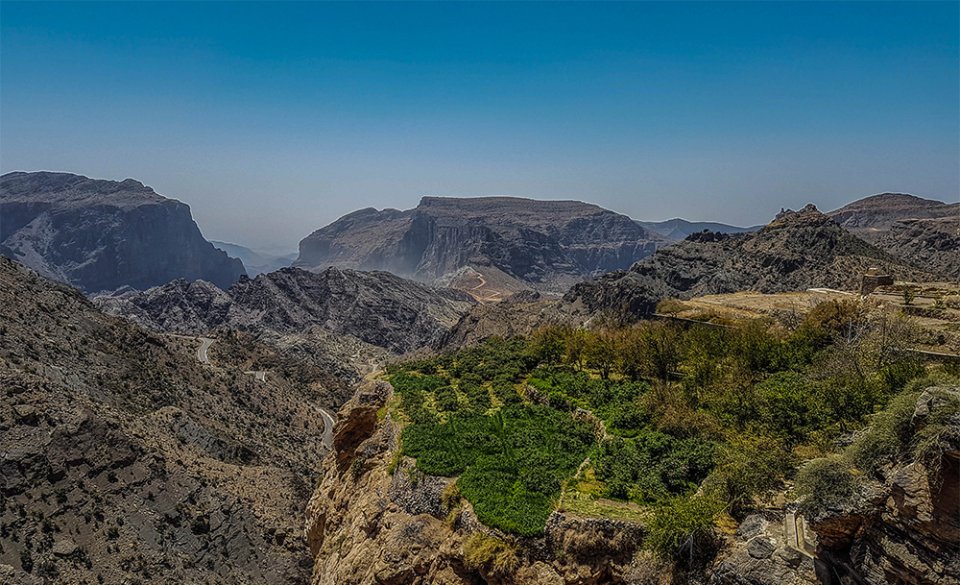
Once in Oman, my adventure started with a 2.5-hour drive to the Al Hajar Mountains. Traveling along a winding road up the mountain left me nauseous, but the magnificent scenery distracted me from my discomfort until I finally arrived at Alila Jabal Akhdar, a resort perched 2,000 meters above sea level. Unique among other Alila properties, this one stood out with its breathtaking views. It is, after all, known as the “Grand Canyon” of the Middle East. Despite its isolation—which is excellent for those of us allergic to crowds and busloads of tourists—there is hardly a dull moment to be had. You’ll be hard-pressed to decide whether you want to go for a yoga session, brave a cave adventure via Ferrata, or hike to a picturesque abandoned village where your only company consists of a few grazing goats and donkeys.
After a few days of mountain bliss that not only recharged my mental batteries but also rejuvenated my entire being, I found myself reluctant to tear away from this sacred little getaway to return to the real world. But return I did to Muscat, though not without stopping at the UNESCO-listed town of Nizwa to see its immaculately restored fort. While there, I picked up a few souvenirs and tasted the exquisitely packed Omani Halwa, a local dessert made from a variety of spices, rosewater, nuts, sugar and ghee—the best in Oman, or so I have been told.

The bustle of Muscat was invigorating, and there was so much to see. The famed Royal Opera House of Muscat, a project initiated by the much-revered Sultan Qaboos, features state of the art acoustics and boasts a lineup of world class performances. I’d booked tickets to Giselle online even before arriving in Oman, which turned out to be the absolute best thing to do as it played to a full house. What I was unable to do afterwards was get a table at the exquisite Al Anghamoman restaurant (conveniently located at the same premise), so ensure that you plan in advance and get your reservations made in good time.
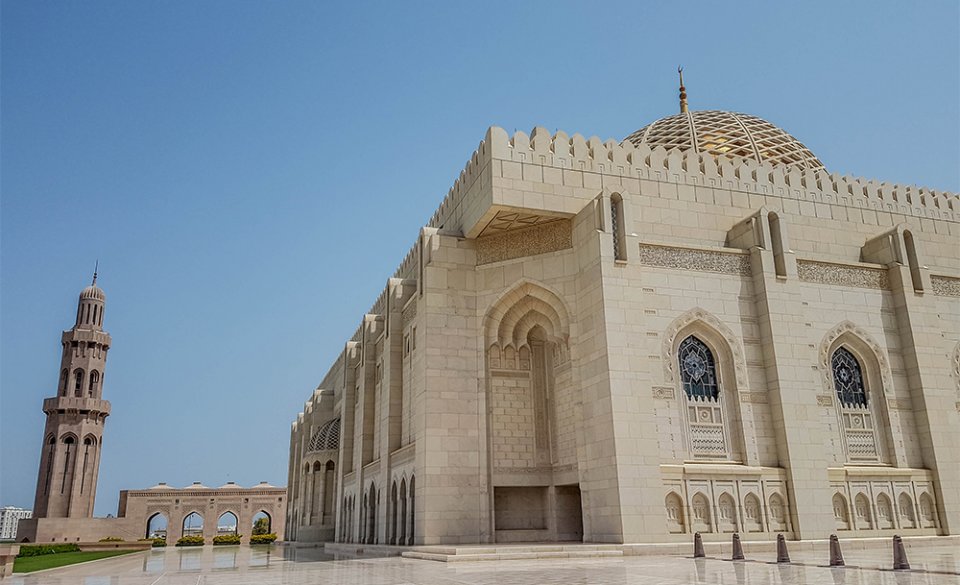
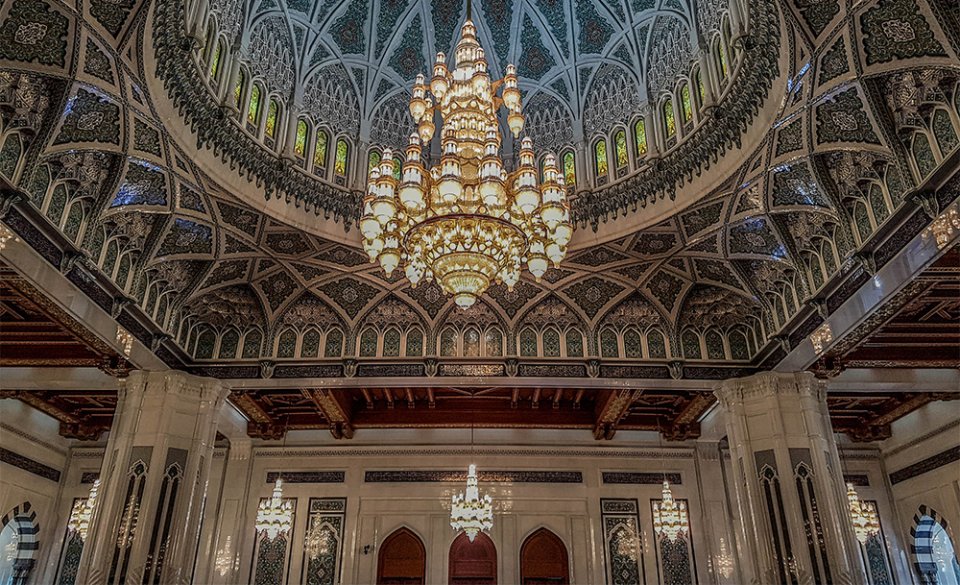
Another not to be missed masterpiece is the Sultan Qaboos Grand Mosque. Once housing the world’s largest carpet and chandelier before the Emiratis and Qataris took over the top spot, this exquisite piece of architecture is where I spent an entire afternoon in quiet contemplation.
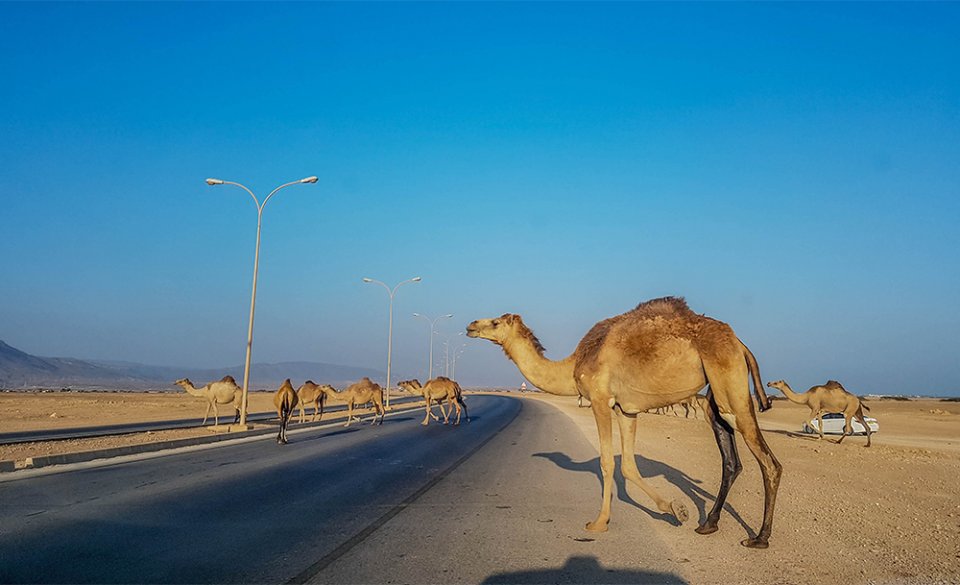
All too soon, it was time to leave my new favorite destination. I was already plotting my return visit while at the airport. From a number of suggestions that were given to me by friendly locals, I knew that my next visit here would find me at Salalah (a little-known beach playground) during Kahreef, the monsoon period when the land becomes transformed into a lush green sight of exceptional beauty.
I will be back, Oman.
Transport
Local transportation can get considerably expensive. Since neither Uber nor Grab has made its way to Oman, your best bets are the taxis around town. It’s not meter-operated, however, so you should re- search the destination and average fare, then agree on a negotiated price with the driver before the start of your journey. Should you find a driver you like, keep him for the rest of your trip.
Stay
The Chedi Muscat, Al-bustan Palace and Alila Jabal Akhdar are solid accommodation options.
Fact
The World Economic Forum ranks Oman as the 4th safest country in the world.
Currency
One Omani Rial = $3.60


